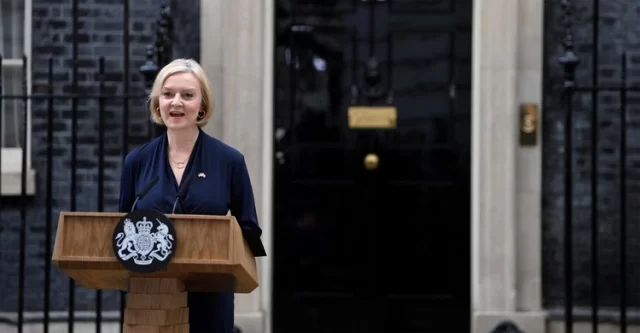Amid rising speculation over the future of her six-week-old government, Liz Truss resigned as leader of the Conservative Party and as Prime Minister of the United Kingdom on October 20, 2022, after delivering a statement outside 10 Downing Street, the official residence and office of the PM. Truss took charge just 45 days ago and has had the shortest tenure as PM in British history. Resignations of two prime ministers in a little more than three months, Boris Johnson resigned in early July, and the prevailing economic uncertainty is expected to spook the markets in the world’s sixth-largest economy. Now the question is, Why Did UK PM Liz Truss Resign?
Ms. Truss became Prime Minister on September 6 after being elected the head of the Conservative Party and winning the confidence of her party members in a battle for the leadership against Rishi Sunak, Boris Johnson’s chancellor of the exchequer whose resignation had ultimately brought down the previous PM.
In her address outside Downing Street on the day, she said she could not deliver on the mandate she was elected on and had notified King Charles III of her resignation as the Tory leader. The election of the new Conservative leader would be completed within the next week, and she said to set an abridged timeline for the process. However, she said she would remain PM until her successor had been chosen.
Ms. Truss’s announcement came after she met the chairman of the 1922 Committee of backbench MPs as more Tories called for her to quit. Britain’s interior minister Suella Braverman, resigned her post on Wednesday, becoming the second senior cabinet minister to depart within a week after Kwasi Kwarteng, the finance minister, was sacked on October 14, 2022.
Braverman resigned over a “technical” breach of government rules, she sent an official document from her email account in her resignation letter, but she also criticized Prime Minister Truss, saying she had “concerns about the direction of this government”.


















